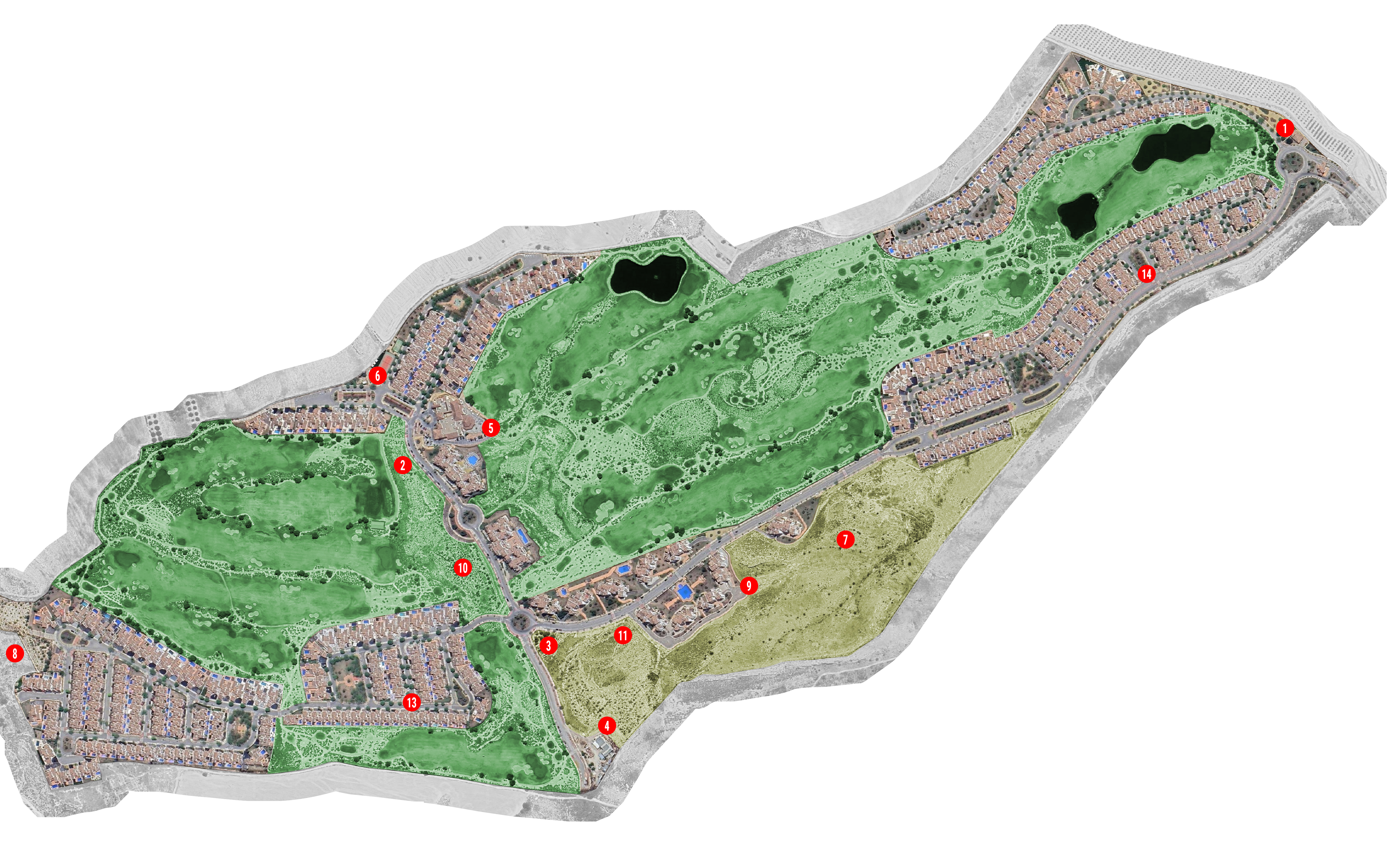We have received different questions about the Cat Program, and we believe it is important to address them officially.
1. Why is there a Cat Program?
Five years ago, when it started as a neighborhood initiative led by David and Pauline, it was to prevent animals from being caged and taken elsewhere "to be abandoned or subjected to other practices" [as of April 6, 2024, we have not found specific documentation regarding the destination of caged cats, so we refer to the information provided by people in the program].
The goal was to have healthy cats that do not transmit diseases to local pets and do not reproduce uncontrollably. It continues to exist for these reasons, but now it is supported by Law 07/2023
This Law introduces the concept of "community cat," making the Community legally responsible for cats living in it without an owner. We cannot take them outside the resort. Fines for non-compliance with the program range from 500 to 200 thousand euros.
2. What does the Program consist of?
The Program has many facets. The long-term vision is marked by the CER method:
- Capture: They are captured to have a chip installed and to be neutered. (chip was newly introduced by Law but could not be afforded by volunteers in the past)
- Neuter: They are neutered and have an ear mark.
- Reduce: The number of cats decreases naturally if they do not reproduce with each other.
It is worth noting that the team that initiated the program already applied this method as much as possible before it was mandated by Law.
They used their own resources to finance food, neutering, accessories, etc. due to the lack of support from the administration. Each captured cat is registered in the name of the Community at the City Hall. In fact, they will provide better shelter stations soon.
3. Can I feed them?
Yes and no. Yes, if you are part of the volunteer team and do so at designated feeding points.
If it is at your home or elsewhere: PLEASE DO NOT.
This only slows down the work of volunteers who dedicate a lot of private time and resources to keep them away from houses. If it is important for you to feed them, ask them.
Here is the Feeding Station Map. 1-8 are current stations, 9-13 are future ones:

4. What is the situation in numbers?
There have been more, but as of today, there are around 100.
In the past, 60 have been neutered, and 20 have been adopted (inside and outside the resort).
Neutering is very important because a pregnant cat will not enter traps to protect her offspring, making capture difficult.
A litter ranges from 1 to 8 new cats.
5. How is the capture done?
Before capture, we depend on the veterinarians who give us special prices to give us appointments. When this happens, we know that a night will be spent trying to catch the cats to take them for neutering. It is a chase trying to attract them. It is the most important step of the program and luck is not always on our side.
If there were more volunteers, it would be easier to catch and neuter them. There would be fewer litters, and reduction would be faster.
6. Why do we feed them?
Non-domestic cats would find food in our houses or in the garbage, giving the resort a bad image and causing diseases. Faced with this problem, feeding points were created, which help to deter them from trying to enter houses (as much as possible) and keep them sufficiently attended so they do not search for food in the garbage.
7. Where do these cats come from?
They are cats abandoned by neighbors of our resort or neighboring communities. Many are the result of breeding among the abandoned ones due to a lack of budget to neuter as many as possible in time.
8. What do volunteers do on a daily basis?
The work consists of giving them food and water every 2 days. In summer, water is checked daily.
It is about 3-4 hours a week, plus 2-3 nighttime hours when it is necessary to catch them.
If any of them are sick, they are medicated to prevent disease transmission to other pets in the resort – so far at the cost of the volunteers.
9. Any collateral advantages?
Having a colony of around 100 hunters reduces the number of rats, snakes, cockroaches, grasshoppers, and other insects.
A future in which the reduction of community cats has worked will allow us to compare incident numbers with these animals and provide more specific data.
At the moment, it is an appreciation based on the hunting nature of this species and the known presence of these insects/rodents/reptiles in our area.
10. Why are there food bowls on the streets?
This is part of the process to attract them to feeding points. When they are detected in an area, bowls are placed, and they are moved weekly until they reach the final point.
When neighbors throw away these bowls, they only slow down the process of confining them to points as far away from houses as possible.
11. What if a cat damages my house?
As free animals, there are behaviors that cannot be avoided. If at any time a cat causes damage, one measure approved by the volunteer team is to put spikes like these ones or sound emitters like these ones to deter them from your homes. It is important not to harm them and try to deter them.

